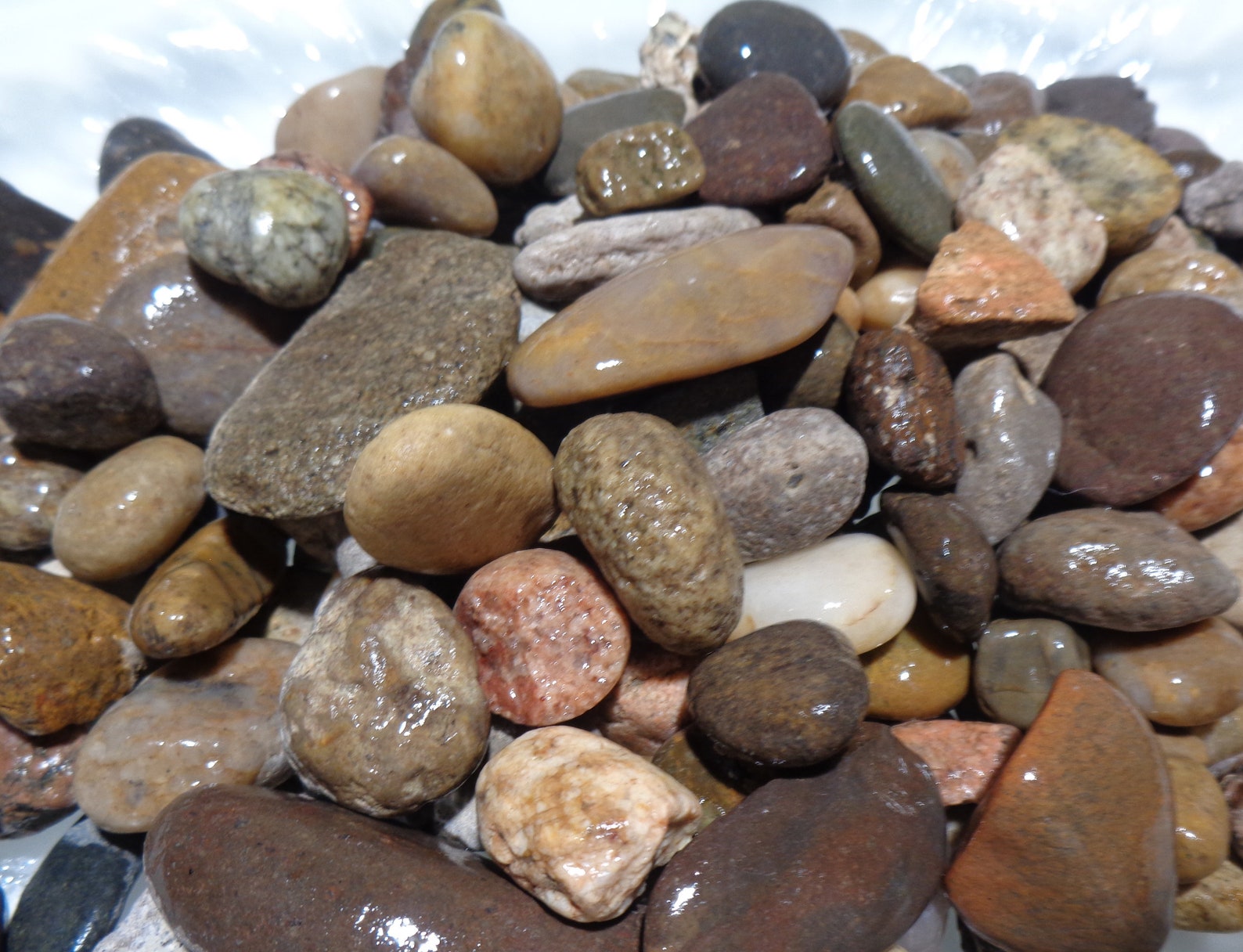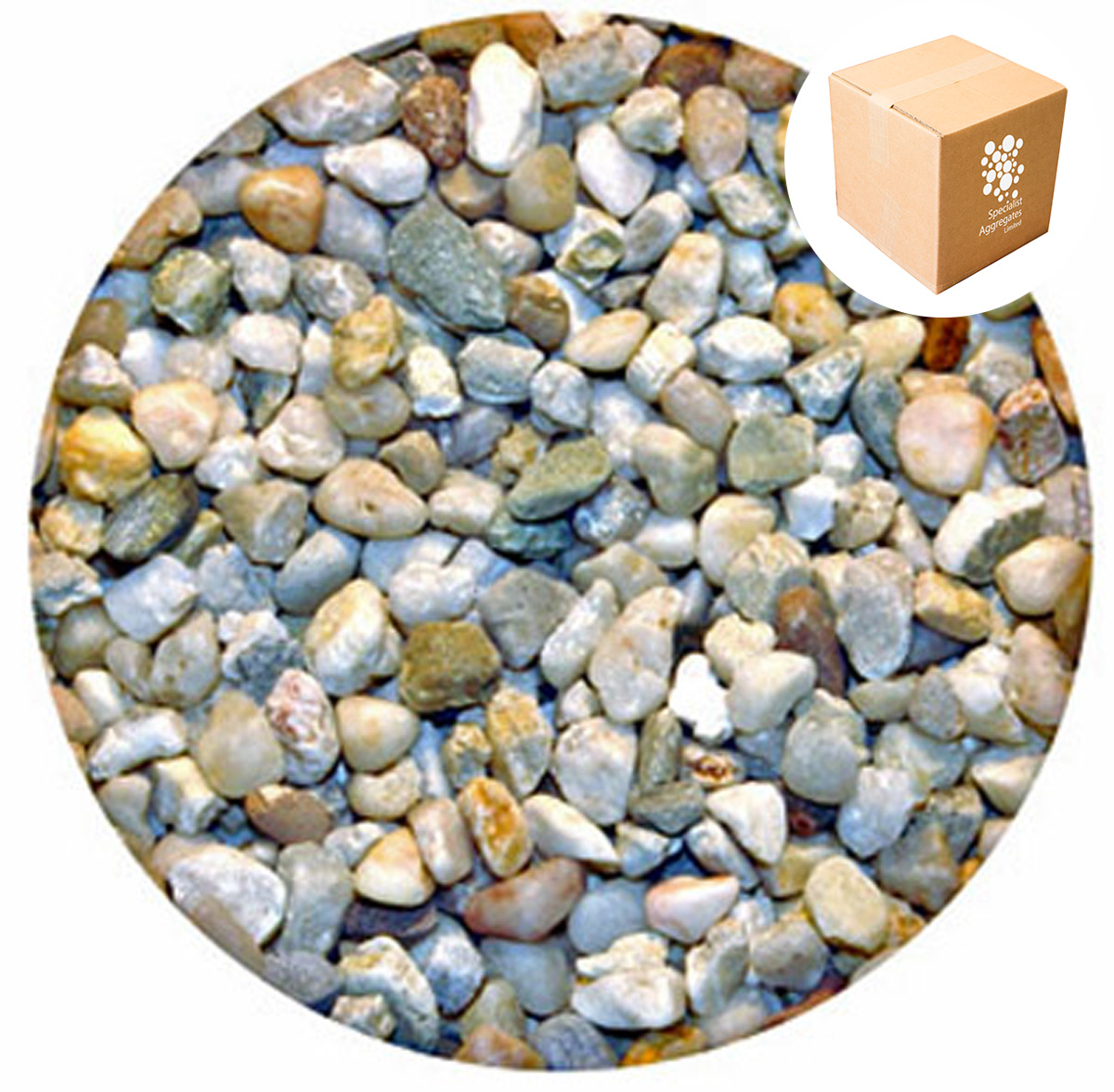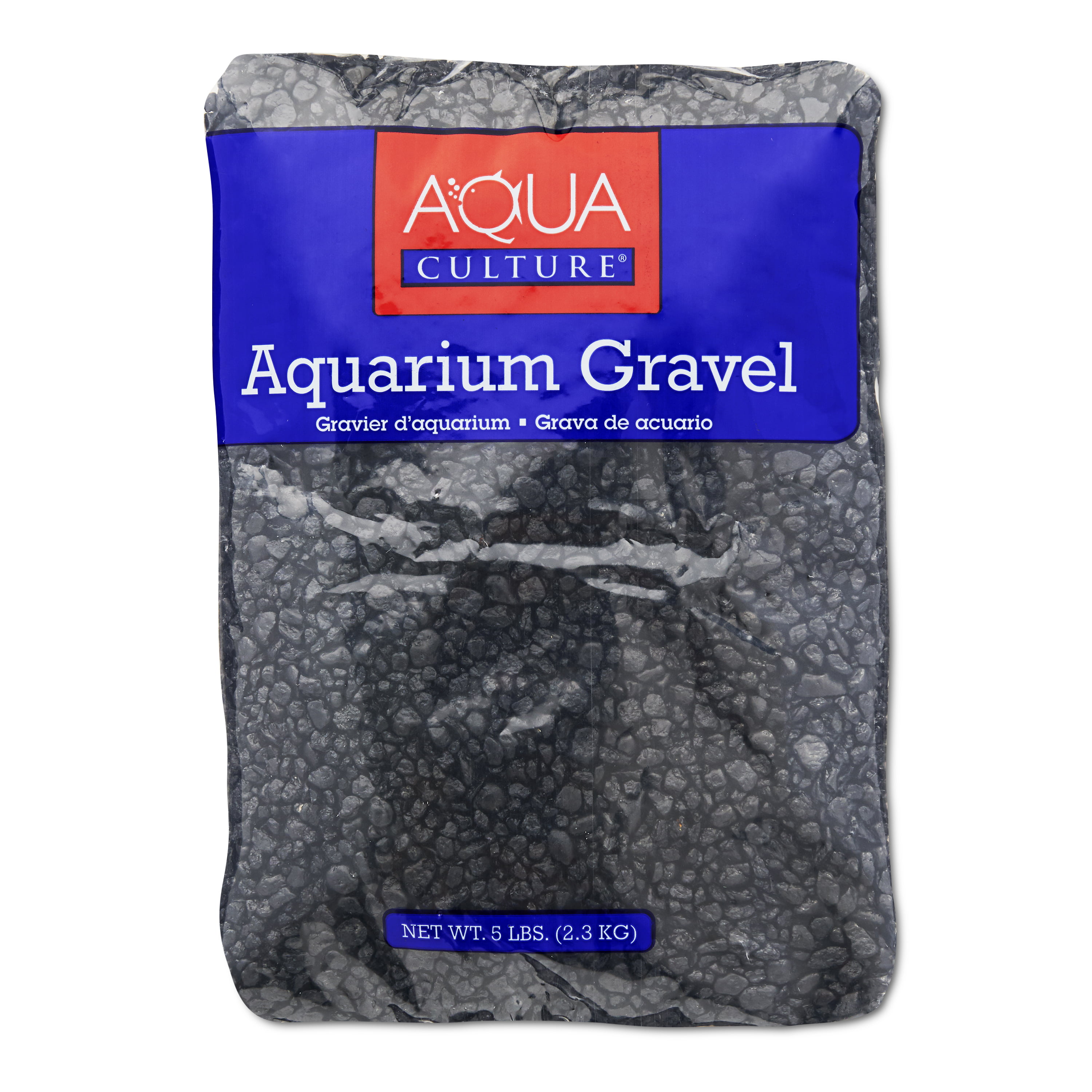
CEC is the ability to absorb positively charged nutrient ions (so high CEC is good).

When growing aquatic plants, the Cation Exchange Capacity (CEC) is also an important thing to consider when choosing a substrate. If the gravel is rough or sharp, it is not suitable for bottom-dwelling fish that like to sift the substrate or dig. It is commonly composed of quartz or other lime-free minerals. Gravel sold specifically for use in aquaria is chemically inert. It is available in a number of colors, and may be naturally colored or dyed, and may have a polymer seal to ensure it does not affect water chemistry. Aquarium gravel can be as coarse as pea-sized or as fine as 1–2 mm. To prevent damage to fish, gravel should not be sharp. Types of substrate Gravel įor freshwater aquaria, gravel is the most common substrate. This method is beneficial to increase fish activity drastically in empty tanks. įish of the species Pelvicachromis taeniatus were shown to be able to recognize olfactory traces left behind by substrate, even in clear water highlighting that the presence of substrate is important for fish kept in tanks. This assists in keeping the aquarium as clean as possible as well as monitoring of fish excrements. Quarantine tanks (sometimes called hospital tanks) often use no substrate at all. In breeding tanks for egg-scattering species, a layer of marbles is sometimes used as a substrate, allowing the eggs to fall into the gaps between the marbles where the parents cannot eat them. Often, a lower layer of richer substrate such as potting soil, peat, vermiculite, or certain types of clay are used as a source of iron and trace elements for plant roots. The substrate for plants should be at least 5 cm (2 in) deep. Sloping the substrate so it is most shallow in front accommodates larger plants with correspondingly larger root systems in the back.

Fine gravel (1–2 mm) is preferred by some aquarists because coarser substrates allow debris to settle within the gaps between grains, which is particularly difficult to clean in a planted aquarium.
#Fish tank gravel free#
The substrate should be chemically inert and free of sharp edges. Planted tanks require a substrate that will remain loose enough for plant roots to penetrate it. Some common types of filtration involving the substrate include the undergravel filter and the deep sand bed. Because the numerous particles have a high surface area, substrates are often employed in biological filtration. Beneficial bacteria colonize all aquarium surfaces that are exposed to aerated water, including the substrate. Substrate may also be used as part of a biological filtration system. Peat may be used in some aquaria to mimic some soft water habitats. Crushed coral and coral sand both contain calcium carbonate, which will raise the carbonate hardness and buffer the pH.

Some substrates are used to alter water chemistry. Apart from all other considerations, substrates are frequently chosen for their aesthetic qualities. Substrates can also have indirect effects on a system's health dark-colored substrates, for example, are considered by some to be better for fish, as the fish display more colorfully by comparison, and are less likely to behave timidly. However, substrates can also have a variety of direct effects on water quality by releasing substances into the water, absorbing substances from the water, or reacting chemically with substances from other sources.

Substrates are added to most aquaria principally for the increase in beneficial bacteria this provides.


 0 kommentar(er)
0 kommentar(er)
